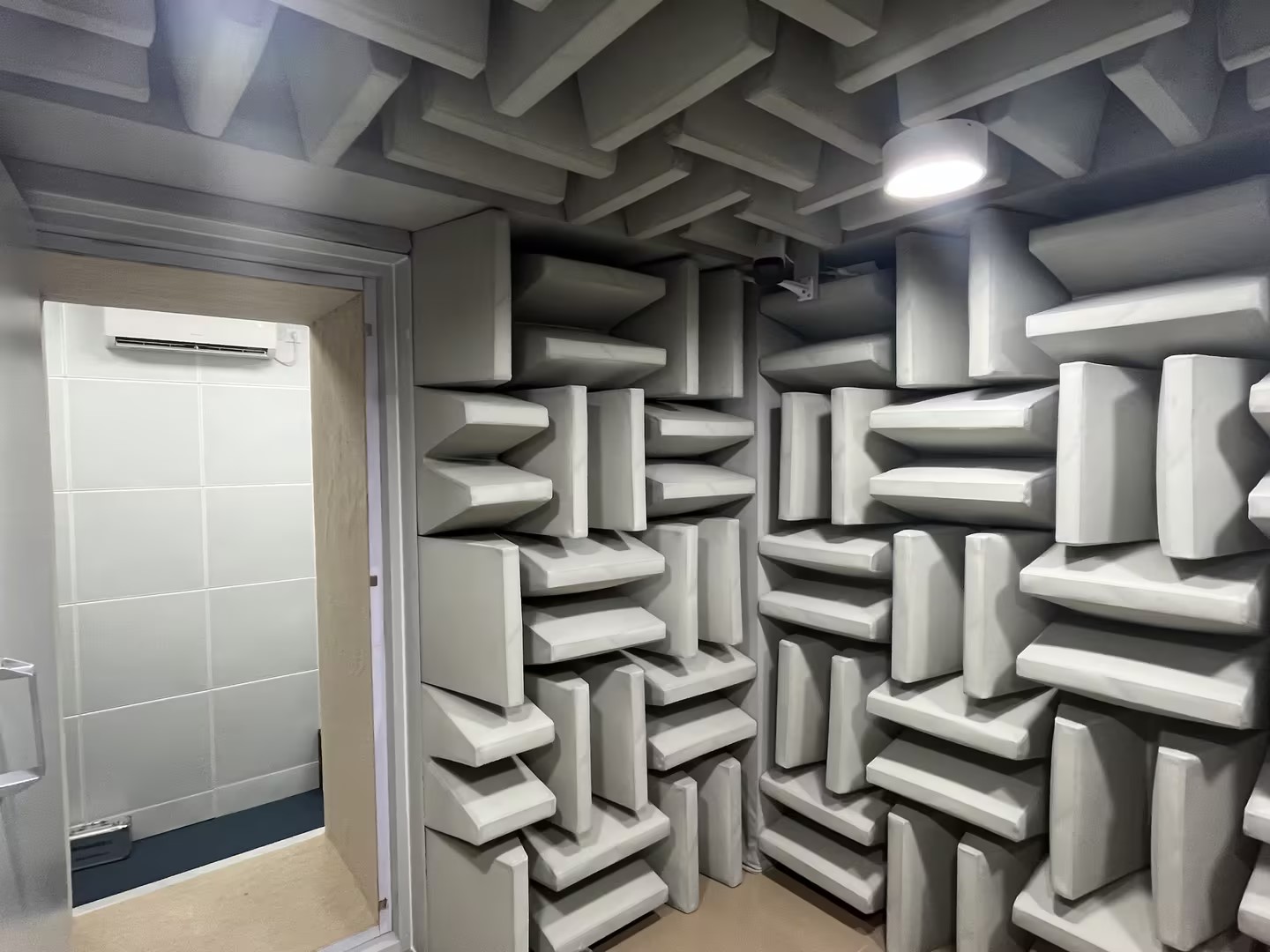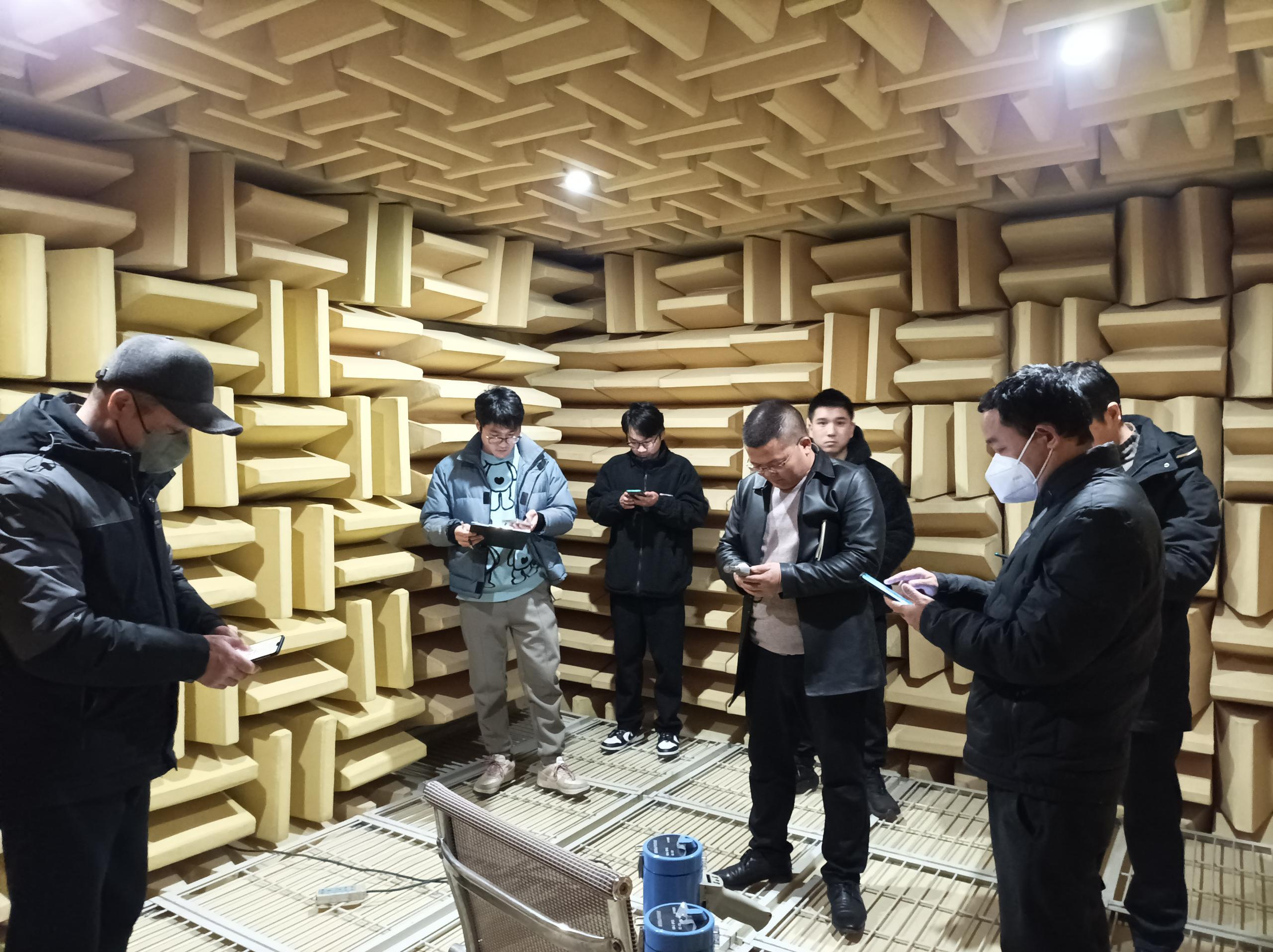The difference between a fully anechoic room and a semi anechoic room mainly lies in whether a reflective surface is formed. The ground side of a semi anechoic room is not equipped with sound absorbing wedges, forming a reflective surface, while a fully anechoic room requires sound absorbing wedges to be installed on the ground so that there are no reflective surfaces inside. In practical applications, the use of fully anechoic or semi anechoic chambers is determined based on the requirements of product testing. For example, when testing products such as air conditioners, water heaters, and small household appliances, semi anechoic rooms are usually used; Testing products such as audio, speakers, Bluetooth players, etc. requires the use of a fully anechoic chamber.

Overall, the use of anechoic chambers can greatly improve the accuracy and reliability of noise detection, playing a positive role in ensuring product quality and human health.
